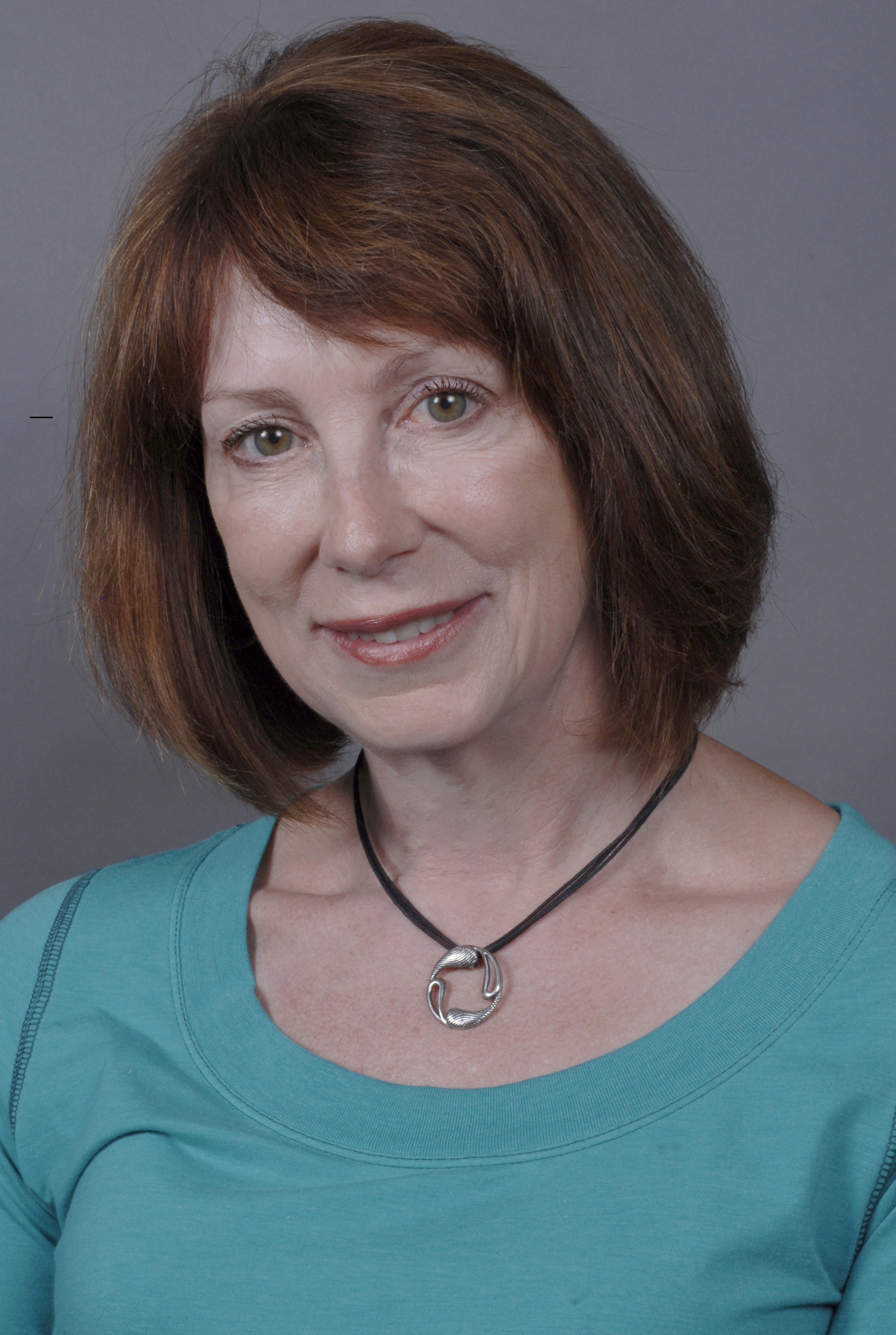AARP Hearing Center

Waiting for a recent appointment, I read an article by Oprah's creative director describing the six accessorizing rules fashion savvy women should observe. Evidently, I had much to learn about "polishing" my look. Before I could finish reading the advice column, I was beckoned to a patient room to be fitted for a new accessory I wasn't keen on wearing: a sparkling metallic knee brace.
Knees are problematic in my family, but we're not alone. WebMD says 500,000 of us will get total knee replacements every year, a number that is expected to grow 673% in the next 20 years. My gateway brace was a thin neoprene sleeve which quickly led the way to more involved hardware. Despite several surgeries and years of rehab therapy, I've worked my way up to complex appliances which look like they should give me a bionic edge. Every time I get a more advanced edition, my pride takes a nose-dive, until I acknowledge mobility trumps vanity. Still, it's an adjustment to step out every day wearing a device that gives you second looks. (Not the flattering kind.)
My shiny, cumbersome brace is a daily reminder that my life "re-imagined" didn't quite go as planned. I'm not going to walk marathons, compete in tango competitions, or wear sexy spiked heels. While I can no longer do some things I once considered part of my identity, I still consider myself fortunate. After all, accepting limitations is something most of will have to do eventually. The trick is not allowing the disability, or the reactions of others, to define you. Unfortunately, I don't believe the stigma of disability observes equal opportunity; men are less marginalized by it than women.
Regardless of age, women are more readily judged by appearance. Marketing and media set artificial standards, suggesting aging naturally is something to avoid. Flawless beauties grace the covers of magazines (even AARP's). Celebrities and news anchors seem to age in reverse. The new 60 looks like the old 40 and I'm fairly certain my drug store moisturizer isn't keeping up. Fitting a brace or assistive device into this youthful feminine ideal is even more awkward. James Bond could pull off a cane with ease, but can you imagine his women sporting them? Thankfully, my self-esteem is buoyed by the man I married 35 years ago, who isn't fazed by my non-traditional look at black tie events.
Beyond the social implications, having a disability disproportionally effects women economically. The US Department of Labor reports men with disabilities are almost twice as likely to be employed than women with disabilities. Only 25% of women with disabilities are in the global work force (UN). Women with disabilities also face education barriers and access to health care. Literacy rates for women with disabilities globally may be as low as 1% (UNDP). Mortality rates among girls with disabilities are much higher than for boys with disabilities (USAID, UNICEF). We may be able to rise above our own imperfections, but society still controls our status.
Would I feel better if Angelina Jolie sported a brace on that long lean leg of hers? Or if I knew Helen Mirren used a fore-arm crutch for long walks? No, my inspiration and lessons learned come from friends with more physical challenges and significant life complications than my own. This new double upright unloader, complete with hinges and slide bar, is an inconvenience, frequent object of attention, and definite fashion detractor. But I will polish it, let it accent my leggings, and hope you will remember me for my quick smile and genuine friendliness. It's just a brace.
###
Real Women Speak shares the voices of Oregon women who are struggling, soaring, muddling through and motivated to move forward.
Inspired by Decide.Create.Share, the blog chronicles stories from lighthearted happenings to questions of fortitude. From life-altering changes to simple anecdotes, our shared narratives serve to inspire, guide, and connect us. you’ll hear the voices of Oregon women who are struggling, soaring, muddling through and motivated to move forward.
Every woman has a voice. AARP Oregon seeks to amplify them.
About our guest blogger: My name is Elaine Friesen-Strang. I have played multiple roles in my personal and professional lives. While I consider how I intend to shape my sixth decade, I am involved with several organizations, including serving on the Executive Council for AARP Oregon. And, I faithfully do my physical therapy exercises every day.































































